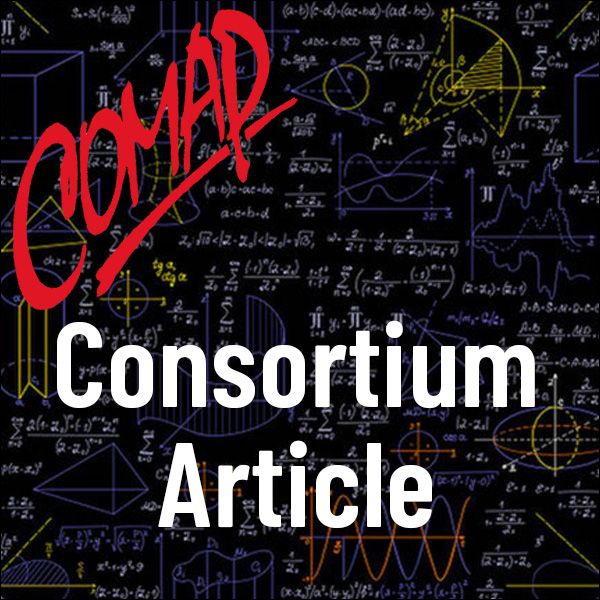Full Member Resources
Primary Level: High School
Mathematics Helps Sort Out Our Genes
Author: Paul Kehle
One area of intense contemporary activity in applied mathematics is mathematical biology. Advances in the study of many branches of biology are generating both better understandings of life and new challenging problems. Some of these problems have a definite quantitative or geometrical character, and biologists have successfully collaborated with mathematicians in applying mathematics in solving them. This collaboration has been so fruitful that the interdisciplinary field of mathematical biology, and the related field of bioinformatics are growing quickly. In response to the vast quantities of genetic information being made available by genome sequencing projects, work with patterns in the form of sequences of nucleotides (adenine, cytosine, guanine, and thymine that are usually abbreviated with the capital letters A, C, G, and T) that make up strands of DNA is a high priority.
Working with non-numerical patterns might not seem as mathematical to many students as does work with numbers or geometric shapes, but mathematics is often defined in part as the search for, and study of patterns - no matter where they are found. In this column, we'll survey some of the most challenging problems arising from work with nucleotide sequences, for example: GATACAATCGG.

©2005 by COMAP, Inc.
Consortium 88
4 pages
Mathematics Topics:
Discrete Mathematics, Computer Science
Application Areas:
Biology, Genetics
You must have a Full Membership to download this resource.
If you're already a member, login here.
Not yet a member?
Browse More Resources
Search